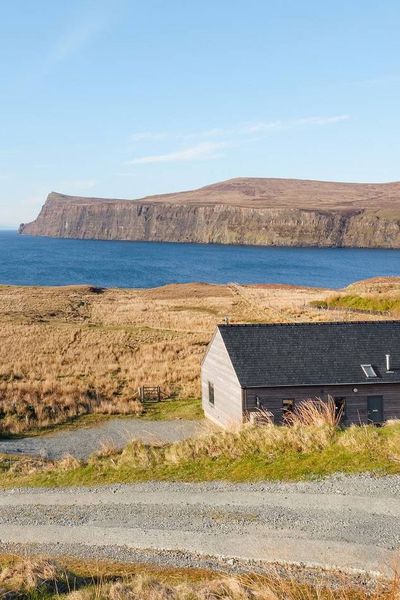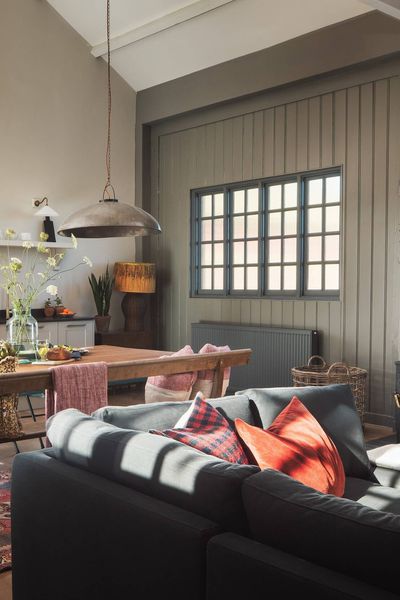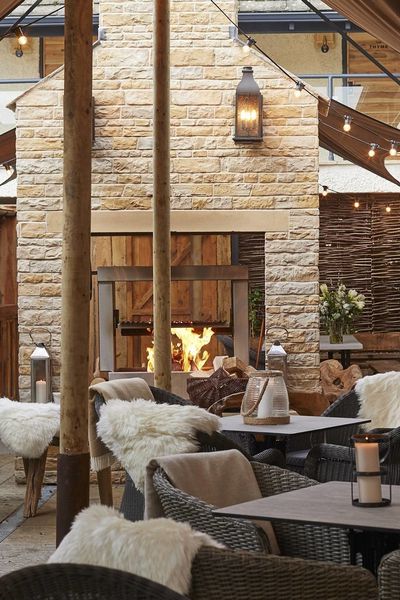Answering your questions about Solar
Moving your business to more sustainable power can be a daunting prospect, with a range of potential solutions for energy supply that’s often baffling to the uninitiated. Solar power is an increasingly popular energy solution, even in the UK, so we went to fellow B Corp and sustainable energy experts, Good Energy, to bring you an overview of the potential for using solar to power your business.
How much of my energy costs could I cover with solar panels?
This is always tough to estimate, but ten solar panels along with a battery could cover 50-80% of home’s electricity needs for a year. Larger places will obviously need to generate more, but the saving can still be significant, and you’ll be lowering your carbon emissions either way.
How many solar panels should I install?
The short answer is, as many as will fit! There is no such thing as generating too much energy, as you can always export the excess back to the grid. Ten solar panels are average for a standard house and larger properties will obviously require more, so you’ll need to discuss your exact requirements with your supplier.
Has anything replaced the Feed in Tariff scheme?
Yes. The Feed in Tariff scheme (FIT) introduced in 2010, allowed you to get paid for the electricity you generated, as well as any you fed back into the grid. Even though that has now closed, you can still sell any excess energy through Export Tariffs.
How hard is it to get an export tariff?
Thanks to the SEG (Smart Export Guarantee) introduced in 2020, large energy companies are legally obliged to pay you for the energy you put back into the grid. An export rate, which sets the payment for that energy, will be part of the agreement with your supplier. Unfortunately, there is no minimum value for that payment, saving the fact that it has to be above 0p, so it’s worth shopping around. At the time of writing, Good Energy’s was a very competitive 15p, which can add up to hundreds of pounds saved over a year.
If I already have solar panels, is it worth replacing them?
The tech has moved on, from polycrystalline to monocrystalline panels, but if your solar array is serving your current needs, it’s probably not cost effective to replace it. Upgrading to more modern panels can also compromise your membership of the FIT scheme, if you still have it. One possibly worthwhile upgrade is switching from string inverters to microinverters. The former means all your panels link to one inverter and a problem with one panel affects the output of all panels, rather like old-fashioned Christmas lights. Microinverters get round this issue by connecting to each panel individually and also have a longer lifespan, 25 years compared to a string inverter’s 10.

Do my solar panels need to face south?
In the UK, it’s best if they do face directly south, but south-west or south-east alignment are about 95% as effective and even panels facing north get about 60% of the sunlight a south-facing panel receives. Pitch is also important and if you want to get deep into the technicalities, take a look at this article from Solar Power World.
Do I need to use solar power as it’s being generated?
It is best practice to use solar energy immediately, saving tasks like laundry and car charging for sunnier periods. It’s also a good idea to use only one high-consumption device at a time, as your solar panel output will be limited by your inverter size. A home battery makes solar power available at other times and is probably an essential part of a solar installation for accommodation providers, who are unlikely to be able to schedule energy demands. Be aware that installing a battery can affect your eligibility for the FIT scheme depending on your setup.
How else can I use solar power?
It’s possible to install a diverter, which transfers energy not in demand from household appliances to an immersion heater so that you can use your solar panels to heat your water too.
Does solar power keep running during a powercut?
In general, no, at least not without a storage solution. Solar systems are designed to shut down during a power cut for safety reasons, but a Tesla Powerwall can continue to supply you with solar energy regardless of the performance of the grid. A fully charged Powerwall can give you a few days of energy.
How much do solar panels cost?
This is very much akin to the age-old question about the length of a piece of string. Solar panels vary in quality and wattage, but the bulk of the cost is in the installation and the expertise and advice of a good company. This is also the reason for installing as many panels as you can in one go – you only pay for installation once.
How long will installation take?
A few days is standard, but you’ll need to talk to the installation company about a specific time frame.

How can I tell which company to go with?
The most important thing is that you choose someone with MCS accreditation, which is a recognised industry quality standard. You’ll need to have used an MCS accredited installer if you’re planning on getting an export tariff. The Renewable Energy Consumer Code (RECC) and NAPIT accreditation for the panel supplier, are all worth looking for as well. Good Energy Solar (who work in the Southwest) and JPS Group – are two companies that have both been installing solar panels for more than ten years.
So, are they a worthwhile investment?
It’s true that solar panels require a high initial outlay, but they can offer a significant return on investment, around 5% a year, higher than most savings accounts. This is through savings on your energy bills, which can amount to hundreds of pounds a year, and the export tariff if you can generate surplus energy. This calculator from the Energy Saving Trust can help you see if it looks worthwhile for you, and you can get a no-obligation quote from Good Energy Solar today to see how much difference solar could make to your bills.
Our partnership with Good Energy
We’ve partnered with fellow B Corp and the leading voice in ethical energy supply, Good Energy, to help all our owners move towards renewable energy. There’s no financial gain to the partnership for them or us, we just share a commitment to fighting the climate crisis. The only saving is for you, the owners of our properties. Read more about the partnership and discounts for our owners here.









